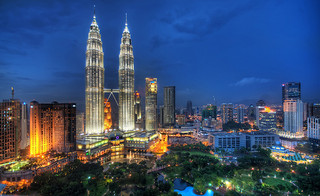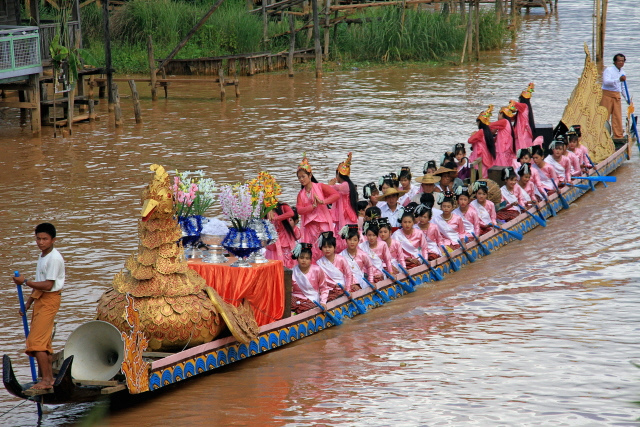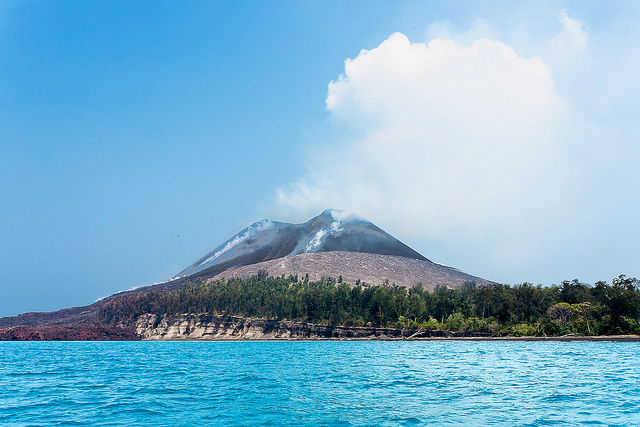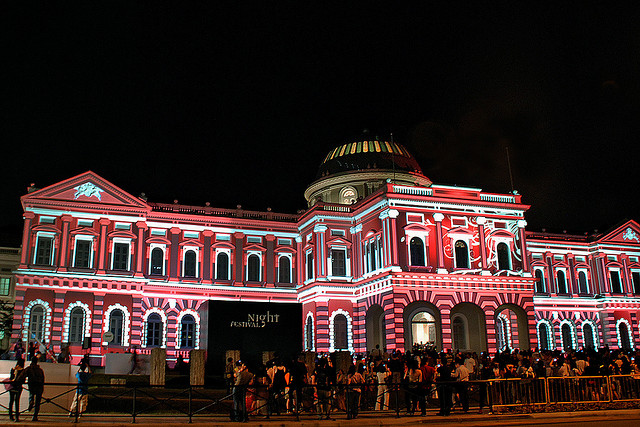The Chinese New Year celebrations are considered to be the most important of all the traditional Chinese holidays and festivities. This event starts on the first day of the first month according to the Chinese lunisolar calendar (a calendar where dates indicate both the moon phase, and the time of the solar year); the celebration lasts for 15 days, ending in Chap Goh Mei which means the “15th night”, or the Lantern Festival.
Chinese New Year 2013 in Malaysia will be celebrated as a National Holiday on February 10 (Chinese New Year First Day); February 11 is the Chinese New Year 2nd Day holiday for all states except Kelantan and Terengganu. Each Chinese New Year is represented by a zodiac sign, and 2013 is the year of the Snake. During ancient times, the Chinese New Year was synonymous with the Spring Festival, signifying the start of preparations for farmers to sow their fields.
Chinese New Year Celebrations in Malaysia
The start of the year marks the end of the Christmas season, and this is when preparations for the Chinese New Year start in earnest. Lanterns, orange trees, cherry blossoms, and a generous amount of red-colored decorations will be seen in Malaysia, especially in areas where there are large Chinese communities. Houses are thoroughly cleaned on the eve of the Chinese New Year, as it is believed that cleaning the house on New Year’s Day itself will be like sweeping away good fortune, prosperity, and luck.

The most important aspect of the Chinese New Year celebration is the reunion dinner among family members, which is held on the eve of the New Year. The lavish reunion dinner can be held in the home of the family’s elders, parents, or eldest brother; married couples traditionally take this opportunity to go on a reunion with the husband’s family. Nowadays, the dinner can also be enjoyed in a carefully-chosen Chinese restaurant. The bountiful spread consists of multiple courses that include pork, chicken, and fish.
In Malaysia, the first dish served in the Chinese New Year’s eve dinner is the Yee Sang, or the Prosperity Toss; this dish is a raw fish salad prepared in the teochew style, and every member of the family is encouraged to help with the salad-mixing using their chopsticks. The salad-mixing usually results to a fun, rowdy activity, as it is believed that the higher the salad is tossed by a family member, the more that individual’s fortunes will grow in the coming year.
Chinese cakes and cookies are traditionally baked for this special event in Malaysia; some families just buy these baked goods from reputable sellers when they do not have the time to do their own baking. Spicy mini shrimp rolls, pineapple tarts (kueh tart nenas), “love letters” (kueh kapit), kueh bahulu, nian kueh, and peanut biscuits are some of the staples during the Chinese New Year celebration in Malaysia.
Younger members of the family, as well as unmarried adults, are given ang-poh (or ang pow), which are little red packets filled with crisp, new currency notes. Children and single adults who have lots of relatives can look forward to receiving quite a lot of cash during the Chinese New Year celebrations, as they collect their currency-filled red ang-poh packets.
The official end of the Chinese New Year celebrations is held on the 15th night, also known as the Lantern Festival or Chap Goh Meh. Lights and lanterns will adorn houses, prayers will be offered, blessings sought in temples, and another family reunion dinner is held – much like the feast enjoyed during the eve of the Chinese New Year.
Photos by ChinaVine, trevphotos, trevphotos, Tianyake, avlxy, avlxy and bewarenerd




